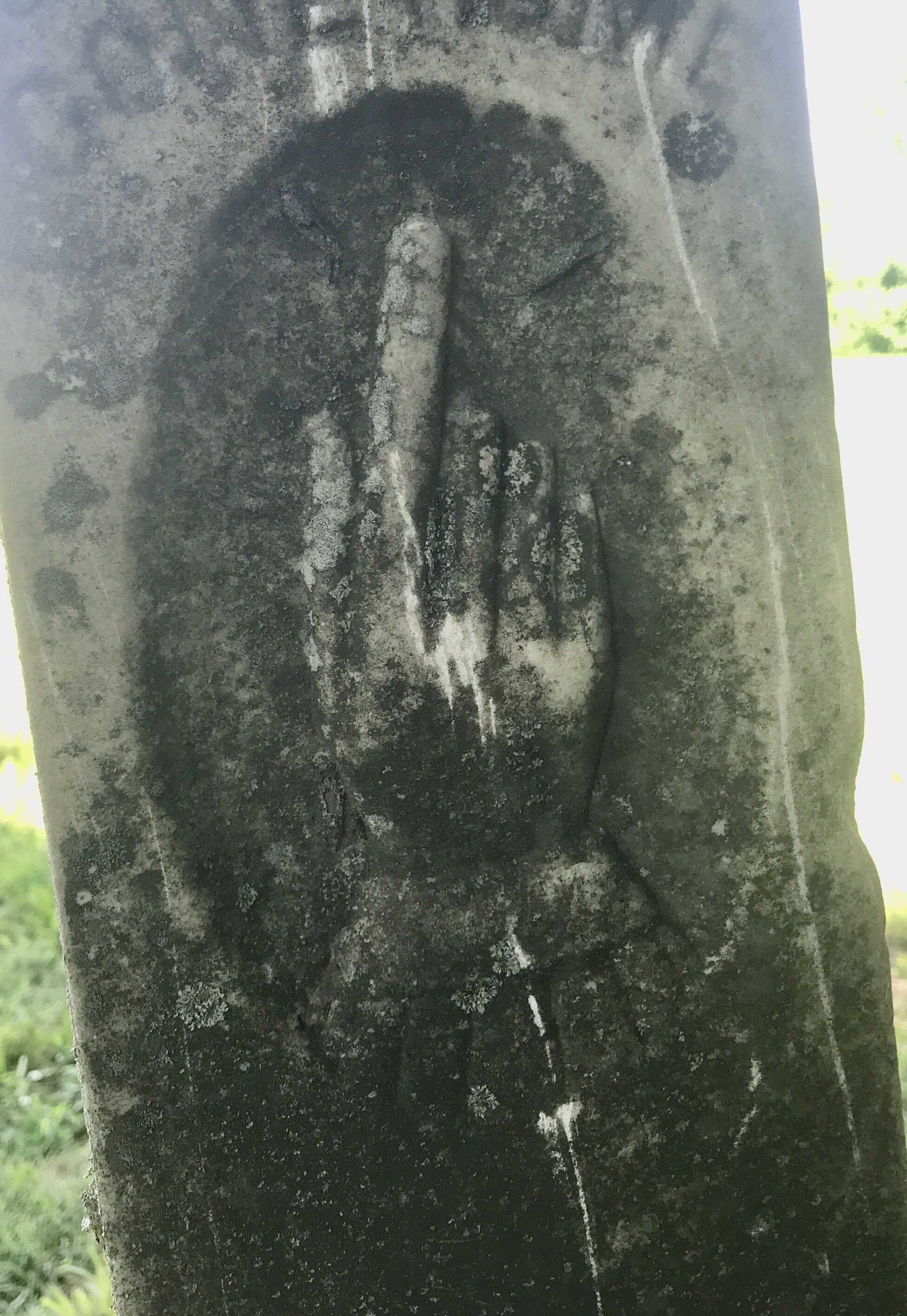Answer Man: At the northeast corner of Highways 266 and AB is a lone grave marker. The name on the stone is Elizabeth Zoa Hughes Wiley. Why is this woman buried alone, no where near a cemetery? — Elisa Coonrod, Greene County
To help locate this grave marker, Highway 266 is what West Chestnut Expressway becomes out near the Springfield-Branson National Airport. The marker is just west of the Dollar General on 266.
State Highway AB is also known as Farm Road 99 on the south side of 266.
Yes, Elisa, the marker it is all by its lonesome. But Zoa isn't.

It's not just Elizabeth “Zoa” Hughes Wiley buried there. Buried with her is George Jones Wiley, her husband.
His name is hard to read on the stone. It's a very old stone, after all.
Elizabeth was born in 1831 in Alabama and her husband George was born in 1829 in Tennessee. They wed on Sept. 2, 1848.

She died in 1899, which you can read on the stone, at age 68.
He died in 1888 at 59.
One of Greene County's pioneering families
Elizabeth and George Wiley are referred to as a “pioneer Greene County couple” in a 1963 News-Leader obituary for Mary E. Scott, one of the couple's 10 children. Their oldest, Daniel, died at age 10. Mary Scott was 93 when she died.
The obituary states George Jones Wiley came to Greene County in 1837. He would have been 8 years old. John Polk Campbell, one of the first white settlers of Greene County, arrived in 1830.
The reason I know there are two people buried in the open green space by the marker is because when I was there to take a photo, I met Noel Spering, a descendant of Elizabeth and George's.
There once was a Wiley farm of some 100 acres at the location, he tells me. Also, there was a farmhouse. It's gone.
Still standing is a large shed and a small baseball field that gets plenty of use during the summer, Spering says.
I gathered much of the information for this story from ancestry.com.
This is Answer Man column No. 43.

